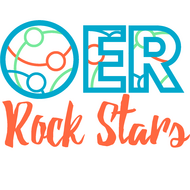Bees: The Invaluable Master Pollinators
(View Complete Item Description)The study of biomimicry and sustainable design promises great benefits in design applications, offering cost-effective, resourceful, non-polluting avenues for new enterprise. An important final caveat for students to understand is that once copied, species are not expendable. Biomimicry is intended to help people by identifying natural functions from which to pattern human-driven services. Biomimicry was never intended to replace species. Ecosystems remain in critical need of ongoing protection and biodiversity must be preserved for the overall health of the planet. This activity addresses the negative ramifications of species decline. For example, pollinators such as bees are a vital work force in agriculture. They perform an irreplaceable task in ensuring the harvest of most fruit and vegetable crops. In the face of the unexplained colony collapse disorder, we are only now beginning to understand how invaluable these insects are in keeping food costs down and even making the existence of these foods possible for humans.
Material Type: Activity/Lab




















